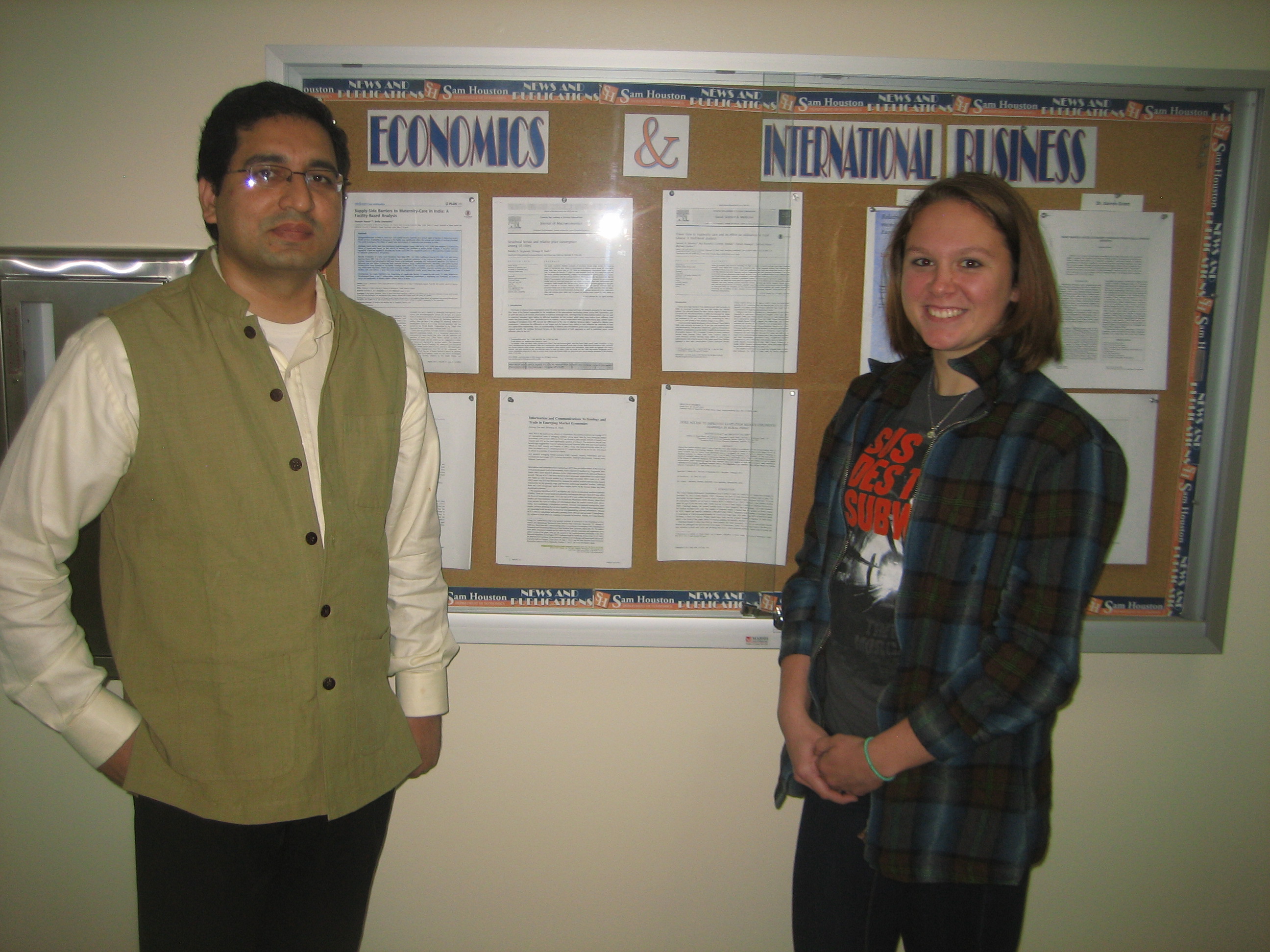 Microfinance, in theory, is a brilliant concept. Give someone in need a loan, demand little to no interest, and hypothetically, they will use said loan to create a business, produce a profitable product, and in turn generate new wealth. Thus not only empowering the individual, but the economy as a whole. Unfortunately, this is not how our world works. When I first took a look at micro financing I thought I saw the solution to much of the world’s poverty issues. However, after having the opportunity to conduct research I have learned that the effects of micro financing are not black and white. The first part of my research consisted of conducting a literature review of micro financing. I was instructed to find, and read ten academic articles on micro financing. Then I was to write a summary of each article. I discovered that the majority of the studies on micro financing were actually, more or less, inconclusive. Some studies said that micro-loans helped generate a small but significant amount of growth, while other studies showed no growth at all. This could be due to a variety of different factors, but mostly because those receiving loans do not know how to responsibly use the loan for their benefit. Now new studies are looking at the effects of micro-financing when paired with proper business and expenditure training.
Microfinance, in theory, is a brilliant concept. Give someone in need a loan, demand little to no interest, and hypothetically, they will use said loan to create a business, produce a profitable product, and in turn generate new wealth. Thus not only empowering the individual, but the economy as a whole. Unfortunately, this is not how our world works. When I first took a look at micro financing I thought I saw the solution to much of the world’s poverty issues. However, after having the opportunity to conduct research I have learned that the effects of micro financing are not black and white. The first part of my research consisted of conducting a literature review of micro financing. I was instructed to find, and read ten academic articles on micro financing. Then I was to write a summary of each article. I discovered that the majority of the studies on micro financing were actually, more or less, inconclusive. Some studies said that micro-loans helped generate a small but significant amount of growth, while other studies showed no growth at all. This could be due to a variety of different factors, but mostly because those receiving loans do not know how to responsibly use the loan for their benefit. Now new studies are looking at the effects of micro-financing when paired with proper business and expenditure training.
Though the FAST initiative I was able to observe, and experiment with data from an in-progress study of micro financing. In June 2010 the Centre for Micro-financing’s (CMF) Institute for Financial Management and Research (IFMR) began its first baseline survey for its study of inclusive growth through microfinance and entrepreneurial training. The study, still under way, aims to evaluate the economic impact of Self-Help-Group (SHG) model of microfinance in 3 districts of Tamil Nadu, India. 5422 rural households from the 3 districts in Tamil Nadu were selected to participate in the survey. Furthermore, the households were drawn from 315 villages. Respondents were required to be female over the age of 18, and have a permanent resident located in one of the 3 district of southern Tamil Nadu. The survey measured a wide variety of socio-economic variables such as; expenditure, loan usage, quality of home, household members, income, assets, business information, food security, social networking, and women’s empowerment. As recipient of the FAST grant I had the opportunity to review the survey instrument and the data collected from the survey. In economics, like in any science, the most important part of a study is the data collection. Data is what shapes the foundation of the study’s hypothesis, and can be used to examine a multitude of other possibilities. Therefore, considerable pains must be taken to ensure that data is recorded accurately, and easily accessible for later use. In this particular study data had to be collected and stored for over 5,000 individual respondents. All of the data for this study was in the data analysis program, STATA. STATA is used to store high magnitudes of data, and is also capable of analyzing large data set by running complex regressions or by generating graphs, and tables. I was asked to go through the survey data stored in STATA, and generate a basic table displaying the characteristics of SHG members. While the task seemed rather elementary, the process was in fact grueling. Shifting through 2,911 variables turns out to be rather daunting. There are many inconsistencies, and holes found within in any data set that makes its analysis difficult to interpret. However, this taught me the importance of organization, labeling, and carefully cleaning of data. The opportunity to work in STATA as an undergraduate was invaluable. Many economic and survey firms today use STATA as its primary data analysis tool. Having even a basic knowledge of how the program operates gives me a huge professional advantage.
As an undergraduate student my time working with Professor Kumar on this microfinance project has given me great experience and a greater appreciation for the efforts that go into creating a research study. The research, computer programing, and socialization skill gained from working on the project will undoubtedly give me a professional edge in the coming years.
